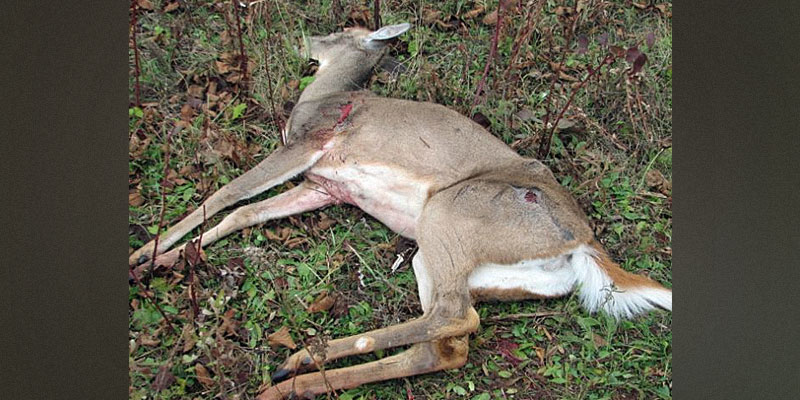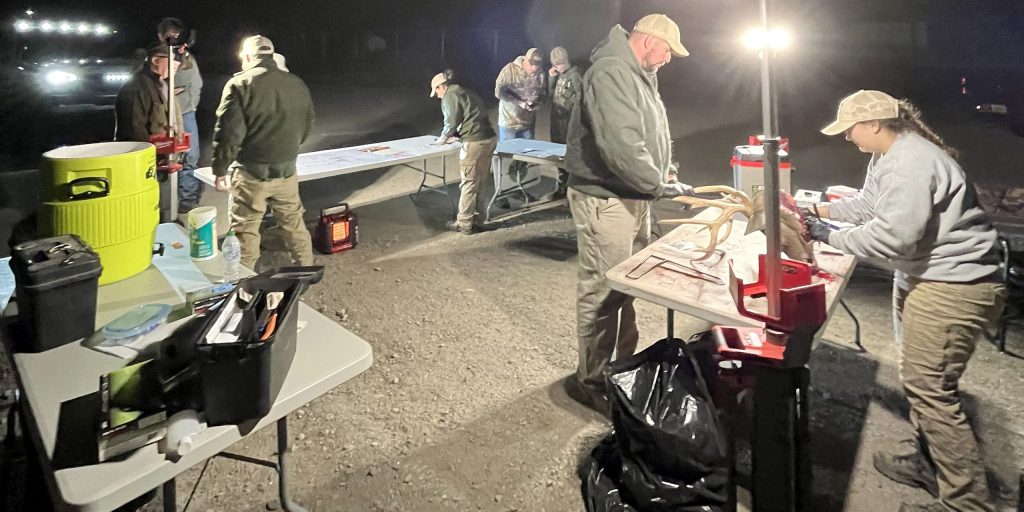The Alabama Department of Conservation and Natural Resources on Thursday announced that the Mississippi Department of Wildlife, Fisheries, and Parks (MDWFP) has received “suspect positive” Chronic Wasting Disease (CWD) test results for two hunter-harvested bucks from Tippah and Alcorn counties in northeast Mississippi.
A release advised that these are the first CWD-positive detections for those counties. The samples will reportedly be sent to the National Veterinary Services Laboratory in Iowa for final confirmation.
These are also the first suspected CWD-positive cases in white-tailed deer within 25 miles of the Alabama state line.
The Alabama Division of Wildlife and Freshwater Fisheries (WFF) has tested more than 11,000 deer since 2002. To date, CWD has not been detected in Alabama.
CWD is a neurodegenerative disease found in most deer species, including moose, elk, mule deer and white-tailed deer. It is infectious and always fatal. It is part of a group of diseases known as transmissible spongiform encephalopathies and is similar to mad cow disease in cattle and scrapie in sheep. These diseases cause irreversible damage to brain tissue that leads to salivation, neurological symptoms, emaciation and death of the animal.
As part of WFF’s CWD Strategic Surveillance and Response Plan, CWD surveillance efforts were increased in Alabama after deer in Mississippi and Tennessee tested positive for the disease in 2018. That increased surveillance effort continues, including the collection of samples from hunter-harvested deer, road kill deer, and sick deer reported to WFF by the public.
Hunters are encouraged to utilize the self-service CWD sampling stations located throughout the state as part of WFF’s surveillance effort.
Deer infected with CWD can spread the disease to other deer even before symptoms develop. It can take one to two years for infected animals to become symptomatic. When symptoms appear, they can include emaciation, lethargy and abnormal behavior. Other signs include excessive salivation, loss of appetite, progressive weight loss, excessive thirst and urination, and drooping head/ears.
More information on CWD can be found here.
Sean Ross is the editor of Yellowhammer News. You can follow him on Twitter @sean_yhn













